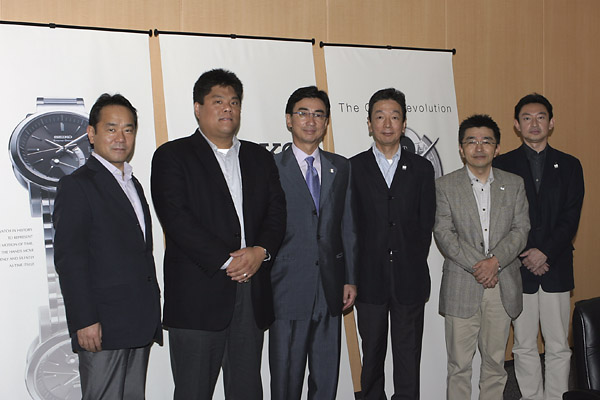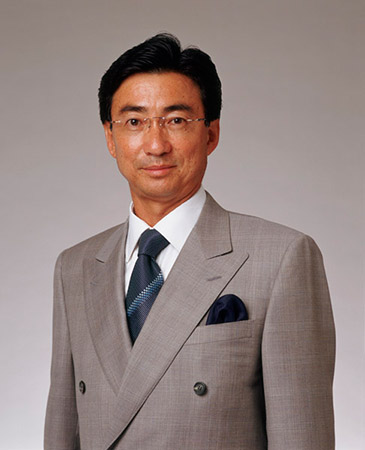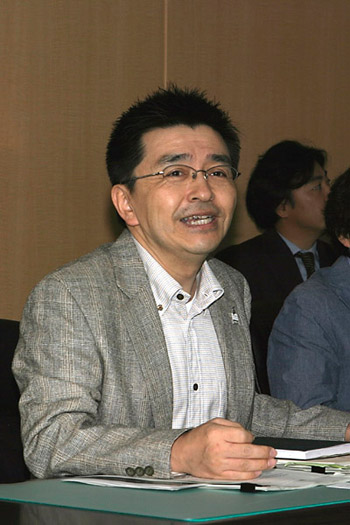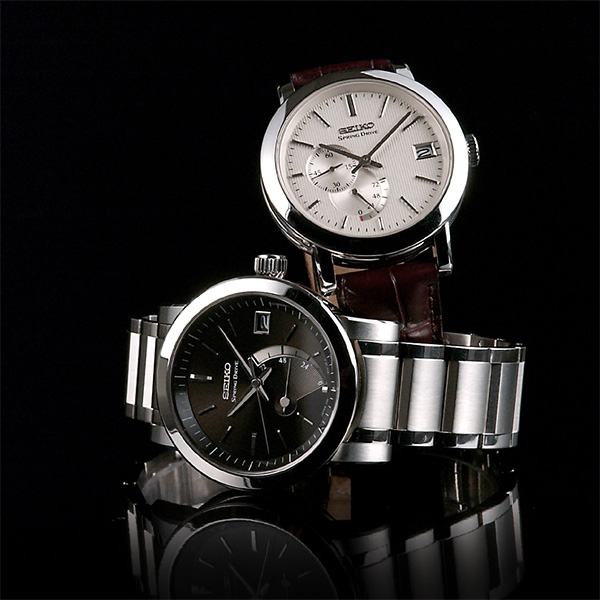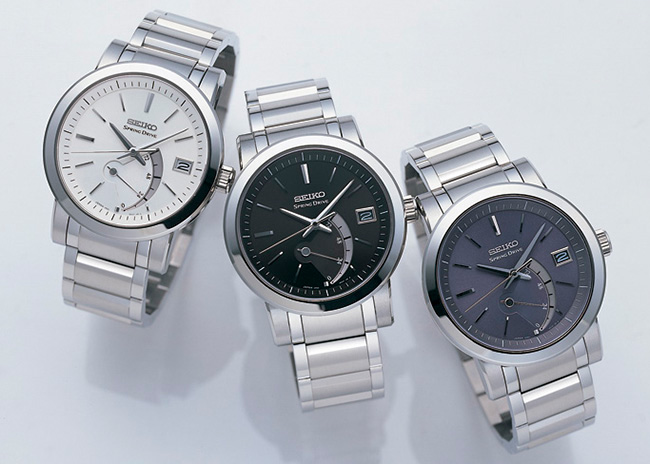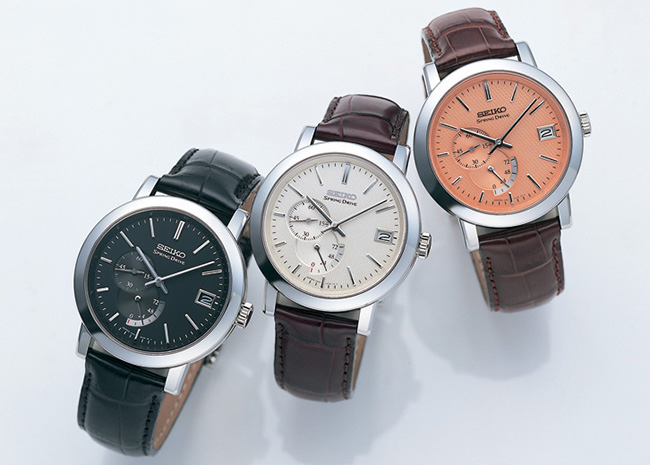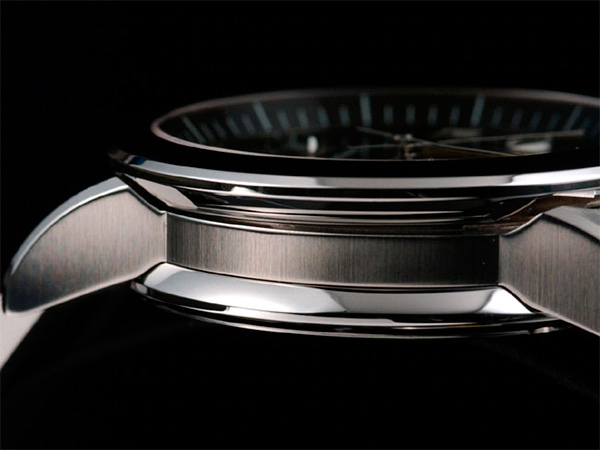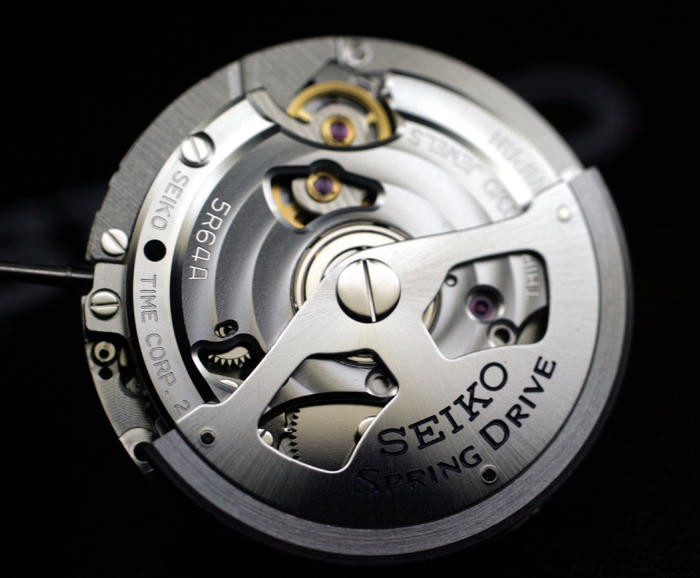The Seiko Spring Drive: Innovation and Refinement27 July 2005 IntroductionIt’s not often that you get an email note out of the blue inviting you to Tokyo. But then again, it’s not often that a watch company releases a fundamentally different kind of watch to the worldwide market. Lucky me, I got to be in on both in early July 2005. As announced at the Basel Fair in March, Seiko is introducing Spring Drive technology to the world this September, and is linking it with a new long (72 hour) power reserve model with automatic winding. With this watch, Seiko is taking an unprecedented step outside its home market, as they intend to sell the watch at a price that most people don’t associate with the 124 year old company from Japan. The Spring Drive is more than simply a new movement for Seiko – it’s the culmination of a strategy that has already been underway for several years already. Our visit to Seiko was in-part to hear both of the technical innovation as well as to hear Seiko’s plans for entering the upper echelons of horology worldwide. Also accompanying me on this trip were Joe Thompson of Watchtime Magazine, Jordan Rothacker of International Wristwatch, and Bill Shuster of JCK (a jewelry trade magazine). A Visit to Seiko Headquarters, Shibaura, Tokyo
We arrived at Seiko Watch Corporation Headquarters around 9 a.m. on 13 July, and received a warm welcome from Mr. Shinji Hattori, the President and CEO of Seiko Watch Corporation. In his introduction, Hattori-san provided three reasons why Spring Drive is so important to Seiko:
After the introduction, Mr. Shu Yoshino, General
Manager of
International Advertising, provided an overview of Seiko.
Currently, the Seiko Epson and Seiko Instrument sister
divisions
provide manufacturing muscle to the Seiko Watch Corporation, which in
turn is
responsible
for overall design, marketing, and sales of the watch products.
All three companies are in turn subsidiaries of the Seiko Corporation,
the top-level holding company.
In his presentation, Yoshino-san made it very clear that Seiko was in the midst of a major shift in their product focus. In the past, Seiko focused on matters such as achieving low price, building products based on what they knew how to make, marketing based on individual products, and the quantity of sales. In the future, Seiko wants to be known for design, ability to make what consumers want, and above all, to put an emphasis on quality and customer satisfaction. Seiko executives were proud to point out that
interest in
the Spring Drive automatic has been heavy since the The watches will retail at $3295 for the strap/small seconds model, and $3495 for the bracelet/center seconds model.
My personal impressions of the watches are very favorable. These are substantial watches with cases, dials, materials, and construction that are well-suited to the high-end market.
The bracelet models with center seconds are 42mm diameter, 12.3mm thick, and come in 3 dial colors – white, black, and slate blue - the last finished with a subtle sunburst pattern. They use solid link bracelets finished impeccably with polished and brushed surfaces.
The strap models with small seconds are 40.8mm
diameter,
11.9mm thick, and also provide a choice of 3 dials – ivory, copper, and
black,
each color finished with a unique texture. The quality of the alligator straps are on par with European
watches of comparable price.
All cases are solid stainless steel, with clean
styling and
a unique profile, and include sapphire crystals on both sides.
The movements visible through the caseback were
equally
impressive visually, with strong “côtes circulares” on the rotor
and
bridges. Parts are very well polished
(through use of traditional wood tools) and the overall presence of the
watch
is in-line with the price. The most eye-catching feature of the operating
watch is the truly smooth sweep of the second hand. Unlike quartz
(advancing once/second), mechanicals (advancing between five and ten
times a second), or even the Accutron tuning-fork movement (advancing
several hundred times per second), the Spring Drive provides true
continuous motion. The wheel train never stops moving - and the
smallest wheel in the train (the Glide Wheel) spins at 8 revolutions
per second, or at 480 revolutions per minute. The only comparable experience is the old
synchronous AC motor clock, driven by wall current line frequency - and
there will never be a portable version of that! This feature
needs to be seen in person for best effect. One warning- don't be
surprised to feel a visceral connection with the motion upon viewing... As for that thousand watch sales target for the first year: I asked Mr. Kenji Hagiwara the next evening about the number of units sold for Grand Seiko and Credor the previous year. I was astounded to hear that they had sold 110,000 pieces. These pieces are of similar quality to the Spring Drive models, and include solid gold and pave diamond models. Prices reach far in excess of what Seiko plans to sell the initial Spring Drive automatic. In comparison, 1,000 watches world-wide seems like a very conservative, and very achievable target. |
